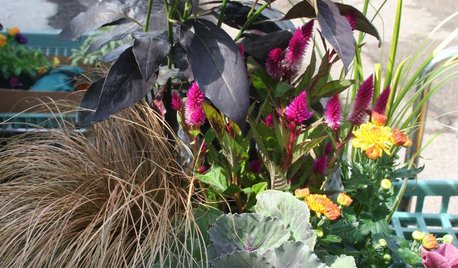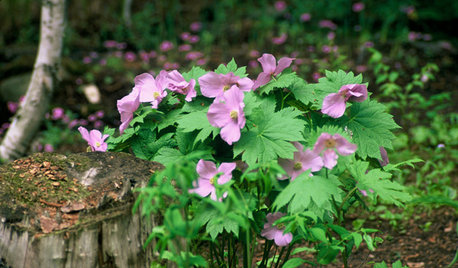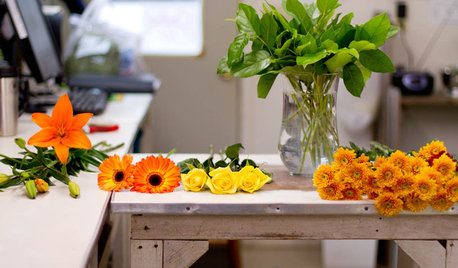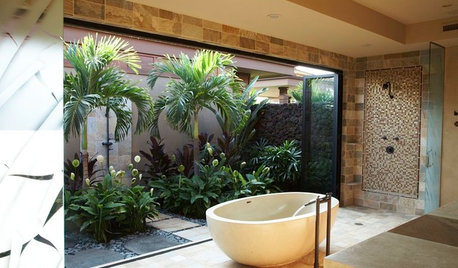pothos yellowing
stormchaser
12 years ago
Related Stories

MOST POPULARThe Perfect Houseplant for People Who Kill Houseplants
If you can fill a jar with water, you can keep golden pothos vine happy — and it will pay you back with cleaner air and a greener home
Full Story
CONTAINER GARDENSNew Colors for Your Fall Planters
Take a break from the same old orange, red and yellow plants and enjoy some fresh colors in your pots this fall
Full Story
HOUSEPLANTS8 Houseplants You Can't Kill
They're forgiving and let you forget. Houseplants don't get any easier than this
Full Story
HOUSEPLANTS8 Essentials for Healthy Indoor Plants
Houseplants add so much to our homes — and can thrive when grown in the right conditions. Keep these tips in mind
Full Story
GARDENING GUIDESCommon Myths That May Be Hurting Your Garden
Discover the truth about fertilizer, soil, staking and more to keep your plants healthy and happy
Full Story
GARDENING GUIDES7 Shade-Loving Rarities of the Plant World
Cultivate a discriminating air in a shady garden patch with these uncommon woodland wonders
Full Story
DECORATING GUIDESDitch the Rules but Keep Some Tools
Be fearless, but follow some basic decorating strategies to achieve the best results
Full Story
DIY PROJECTSArrange a Gift Floral Bouquet Like a Pro
For a fall gift bouquet that looks expensive but is (almost) dirt cheap, just follow this step-by-step guide
Full Story
HOUSEPLANTSMeet a Palm That's Fine With Fluorescent Light
Get the look of the tropics without the full-on sun and high humidity — parlor palm tolerates regular indoor conditions with aplomb
Full Story







tapla (mid-Michigan, USDA z5b-6a)
goren
Related Professionals
Citrus Heights Landscape Architects & Landscape Designers · Foothill Ranch Landscape Architects & Landscape Designers · Salem Landscape Architects & Landscape Designers · South Orange Landscape Architects & Landscape Designers · Gainesville Landscape Contractors · Broadlands Landscape Contractors · Cockeysville Landscape Contractors · Gloucester Landscape Contractors · Overland Park Landscape Contractors · South Lake Tahoe Landscape Contractors · Waldorf Landscape Contractors · Palos Hills Landscape Contractors · Clinton Township Interior Designers & Decorators · Linton Hall Interior Designers & Decorators · Queens Interior Designers & DecoratorsstormchaserOriginal Author
tsugajunkie z5 SE WI ♱
pirate_girl
tapla (mid-Michigan, USDA z5b-6a)
goren
tapla (mid-Michigan, USDA z5b-6a)